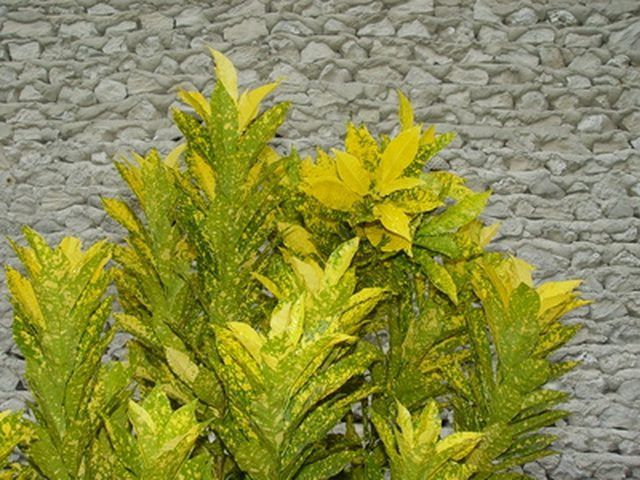Bulbs
Flower Basics
Flower Beds & Specialty Gardens
Flower Garden
Garden Furniture
Garden Gnomes
Garden Seeds
Garden Sheds
Garden Statues
Garden Tools & Supplies
Gardening Basics
Green & Organic
Groundcovers & Vines
Growing Annuals
Growing Basil
Growing Beans
Growing Berries
Growing Blueberries
Growing Cactus
Growing Corn
Growing Cotton
Growing Edibles
Growing Flowers
Growing Garlic
Growing Grapes
Growing Grass
Growing Herbs
Growing Jasmine
Growing Mint
Growing Mushrooms
Orchids
Growing Peanuts
Growing Perennials
Growing Plants
Growing Rosemary
Growing Roses
Growing Strawberries
Growing Sunflowers
Growing Thyme
Growing Tomatoes
Growing Tulips
Growing Vegetables
Herb Basics
Herb Garden
Indoor Growing
Landscaping Basics
Landscaping Patios
Landscaping Plants
Landscaping Shrubs
Landscaping Trees
Landscaping Walks & Pathways
Lawn Basics
Lawn Maintenance
Lawn Mowers
Lawn Ornaments
Lawn Planting
Lawn Tools
Outdoor Growing
Overall Landscape Planning
Pests, Weeds & Problems
Plant Basics
Rock Garden
Rose Garden
Shrubs
Soil
Specialty Gardens
Trees
Vegetable Garden
Yard Maintenance
Croton Plant Information
Croton Plant Information. The croton plant is a tropical plant that is found in parts of Australia, Florida, the South Sea islands and Java. It has large green foliage that can take on streaks of yellow, red and orange. Crotons are large, rapidly growing plants that give shade and color to landscapes and roadsides in the sandy tones of the tropics.

The croton plant is a tropical plant that is found in parts of Australia, Florida, the South Sea islands and Java. It has large green foliage that can take on streaks of yellow, red and orange. Crotons are large, rapidly growing plants that give shade and color to landscapes and roadsides in the sandy tones of the tropics.
Features
The croton has enormous leaves that create a thick foliage cover on the top of the plant. At the base, the croton has a thick trunk that is usually deep green with a possible bark-like covering. Some crotons will bloom, but it is rare, and many of the flowers are not as attractive as the foliage can be. The leaves will take on a slurry of colors, including green, yellow, red, orange, purple and pink. These colors may be alone, striped, appearing as a sunburst design or a flaring style on each leaf.
Types
There are several different types of croton plants. The broad leaf croton has large, wide leaves that overwhelm the plant. Most of the heavy foliage will be at the top of the plant as well. The oak leaf croton is distinctive in how it very closely resembles the structure and design of the real oak leaf. The spiral leaf croton has leaves that are twisted in either the left or right direction, or partially. The recurved leaf croton has one of the most limited leaf styles in that leaves curl back over themselves.
Size and Pruning
The croton plant may reach heights of 8 to 10 feet when given plenty of water, sun and room to spread out its roots. The croton may remain as a small house plant, around 3 to 5 feet tall, when contained in a pot indoors. In the garden or landscape, the croton will reach its maximum height and overtake the space it inhabits. To control the growth, pruning should be done at regular intervals, or to tend to broken leaves. Cut back one-third of the plant in the spring and wait for new growth to begin. You may also pinch off some new leaves to encourage a thicker growth and fuller plant.
Benefits
The croton is a hardy plant that is very durable and sustainable. If you have forgotten to water or fertilize the plant, even if the soil dries up significantly, the plant will most likely still survive. You can wait until the dirt is very dry before watering at all, and fertilizing is helpful, but not needed. The only thing to watch for when tending to a croton, is that the temperature stays above 60 degrees F. This plant is a tropical plant that will loose leaves after a taste of cold weather. The croton will not survive through a frost either.
Natural Pests
The spider mite is a natural pest of the croton. The mite has a whip-like mouth that leaves speckles or tiny blotches on the leaves of the croton. After the mites feed, the spot is then left to weaken the leaf by deriving it of valuable nutrients and moisture. Insecticides typically kill of the spider mites' natural predators, therefore, may increase the risk of a growing infestation. To control the spider mite, a miticide is required. The miticide will not attack the eggs, so in two weeks you will need to reapply.